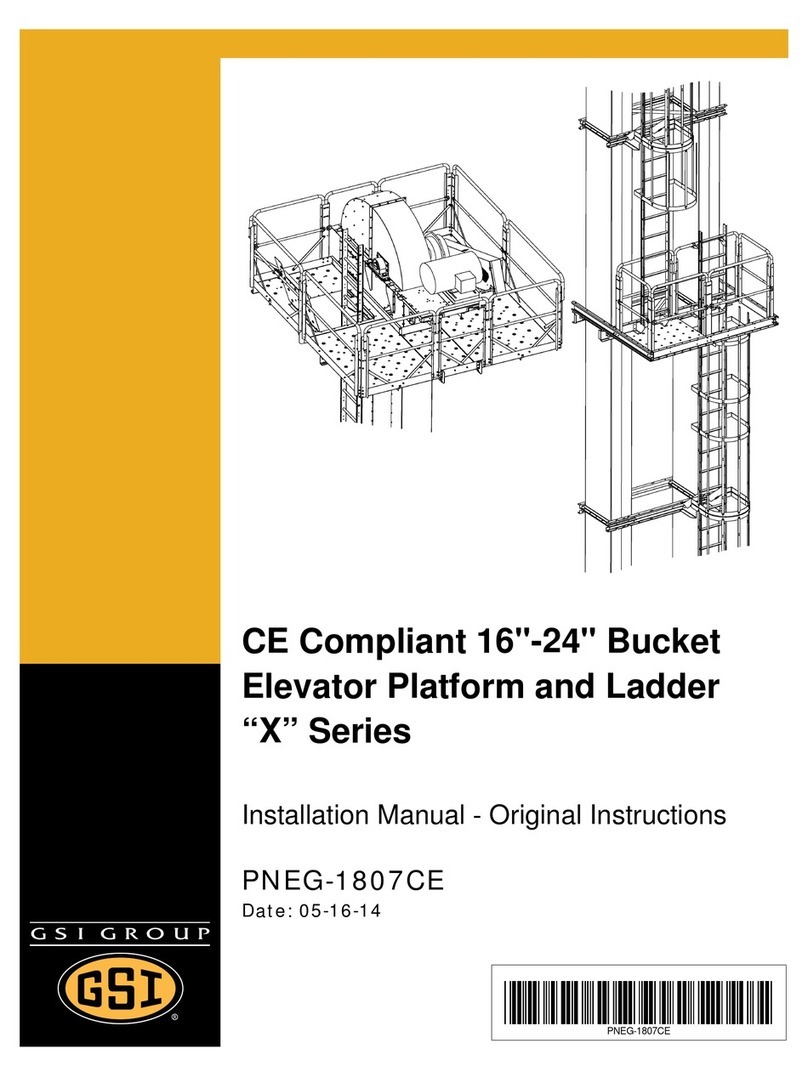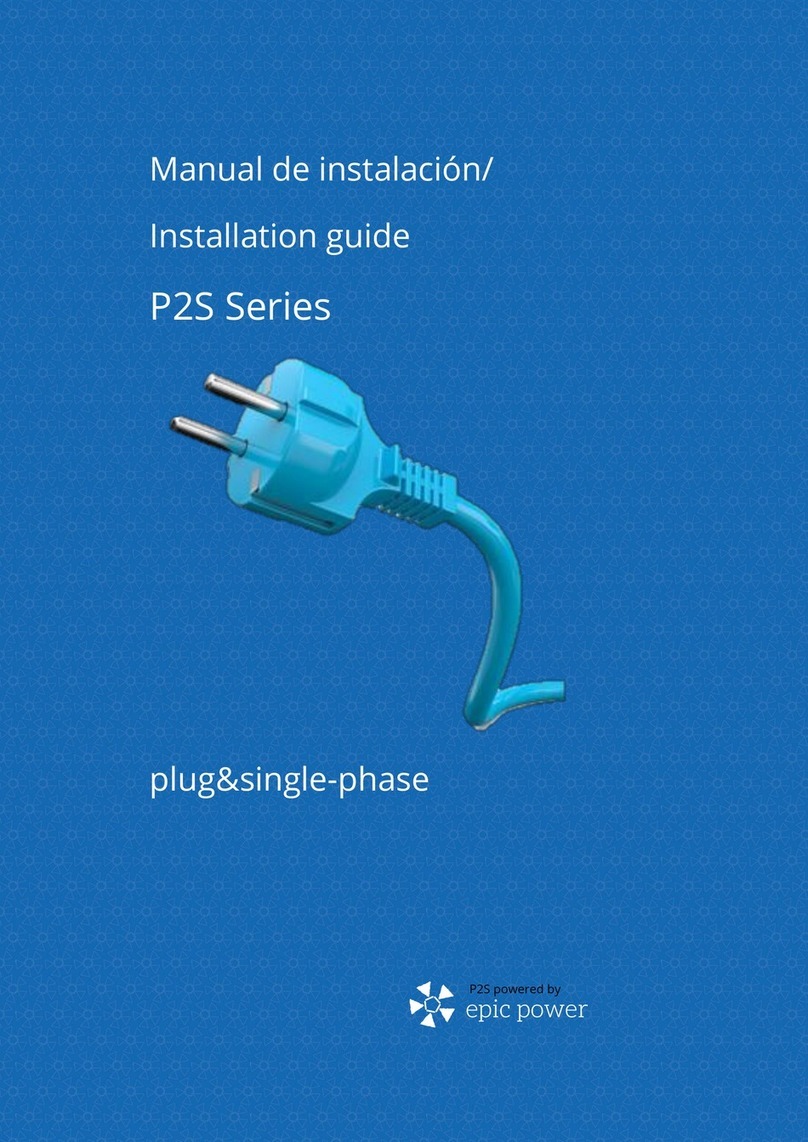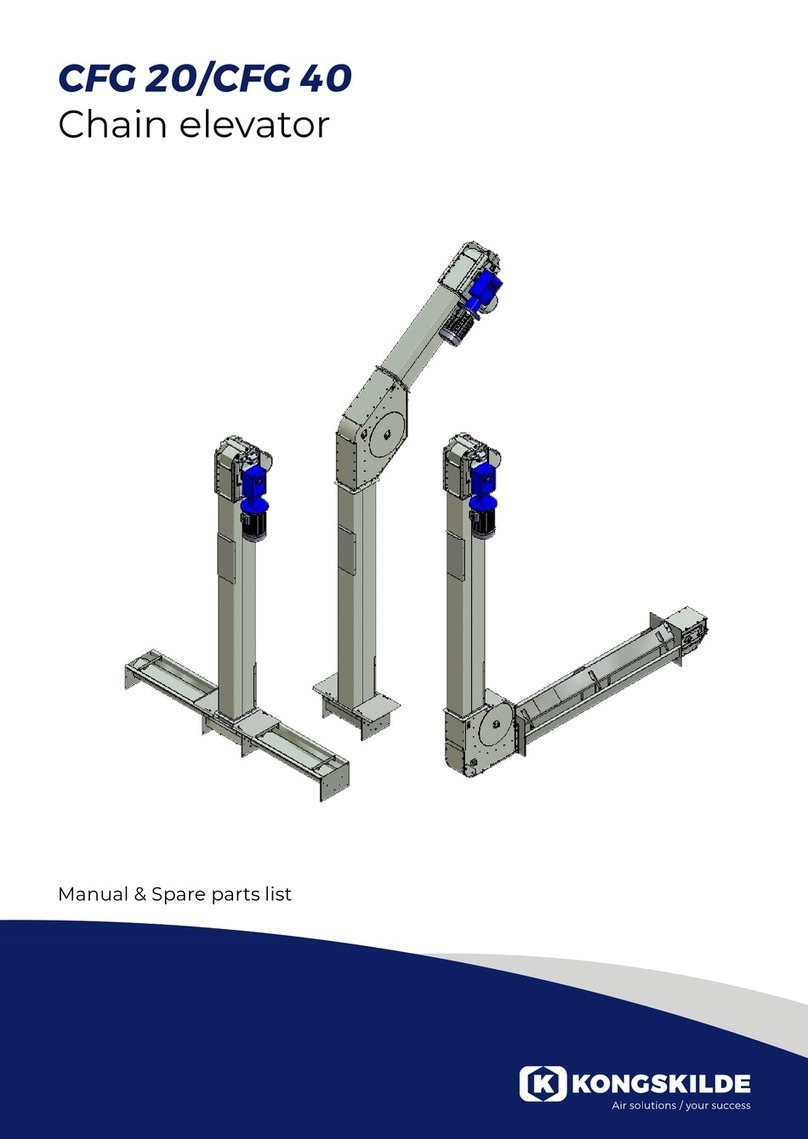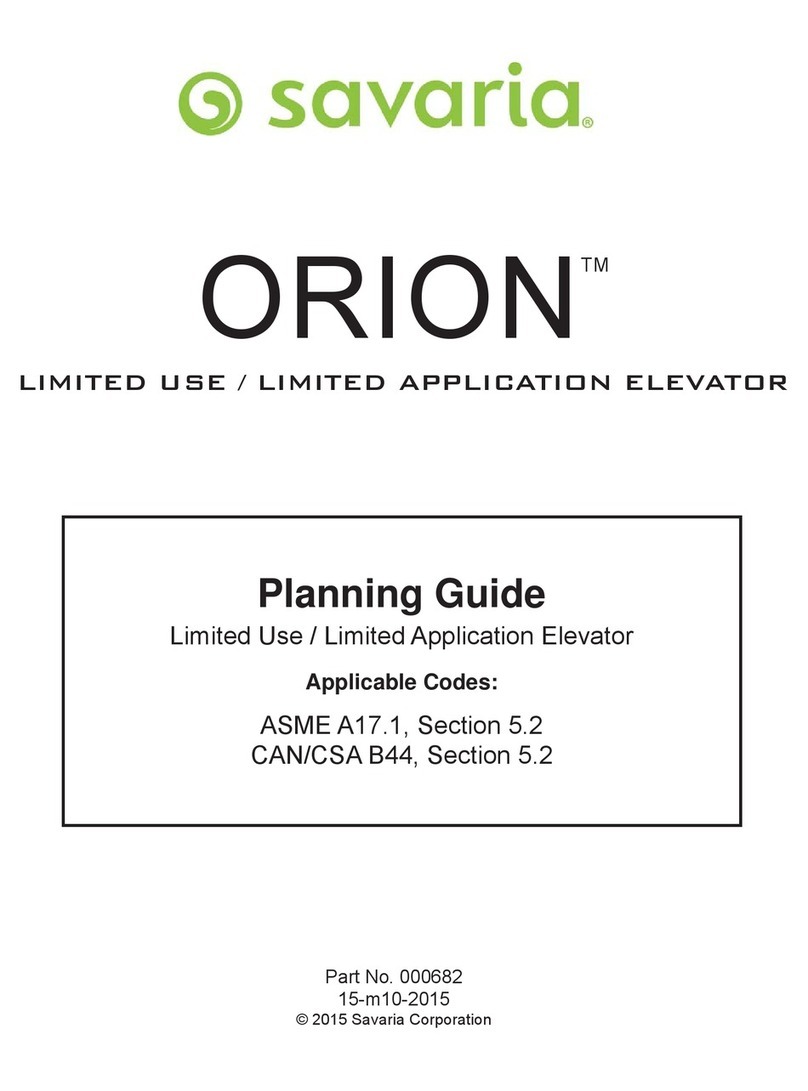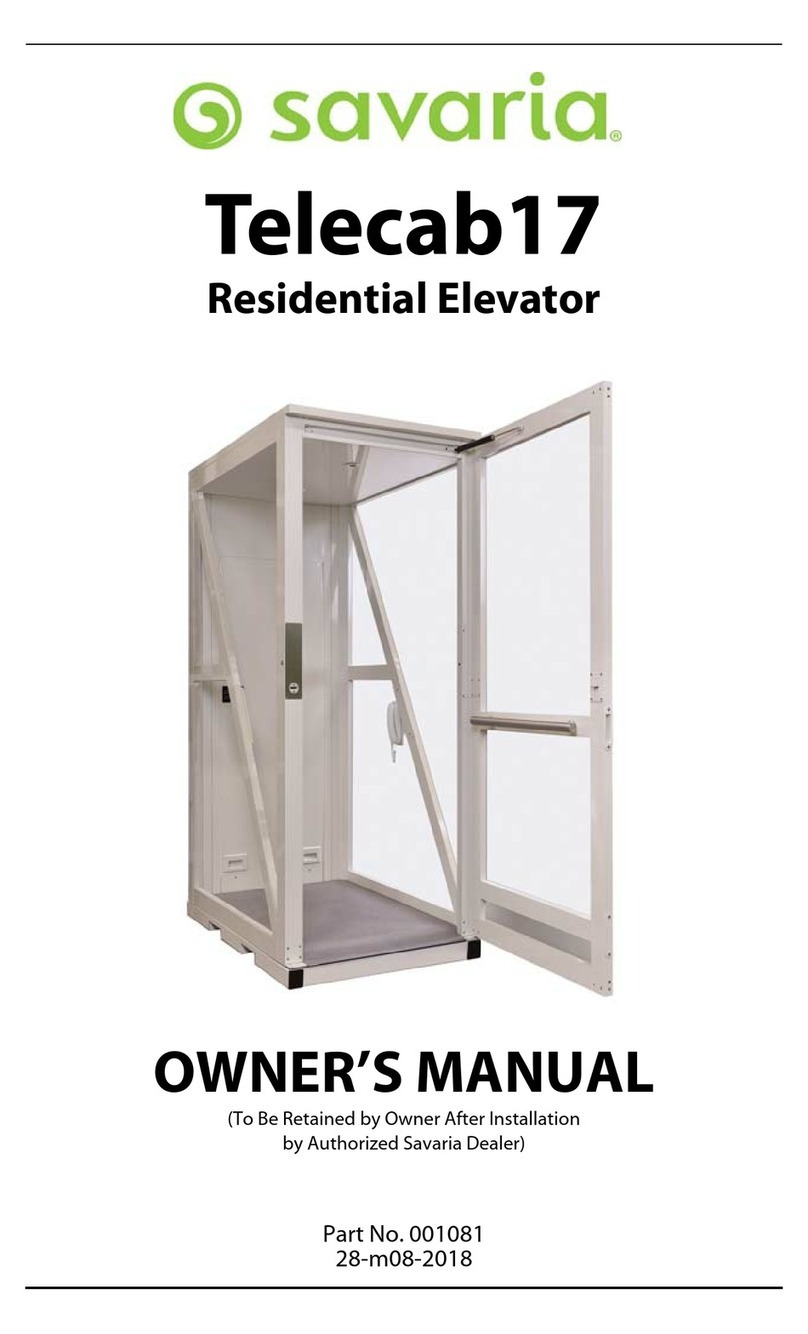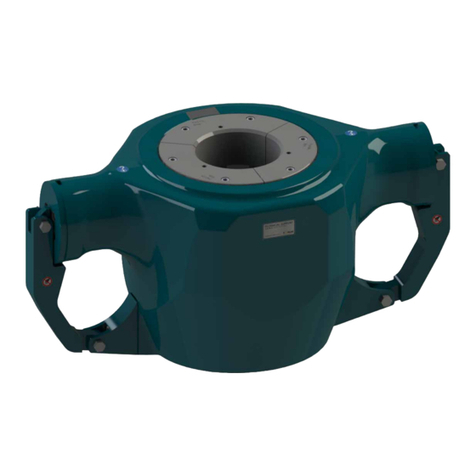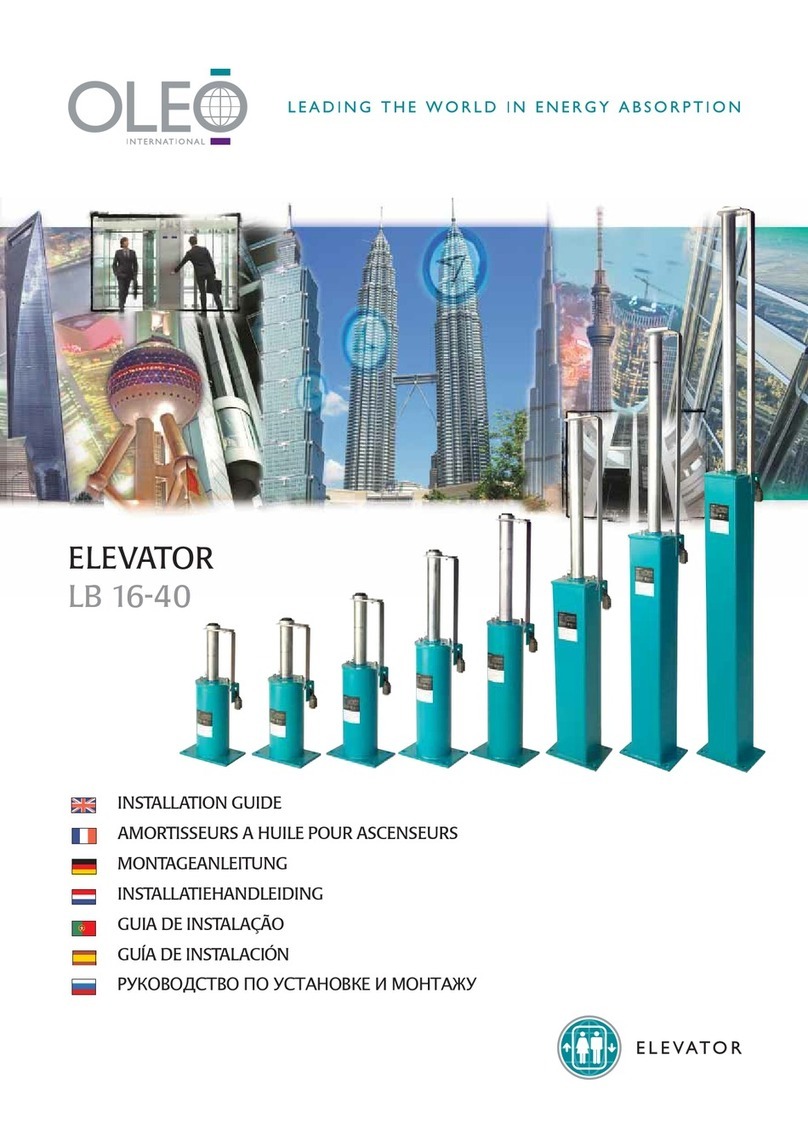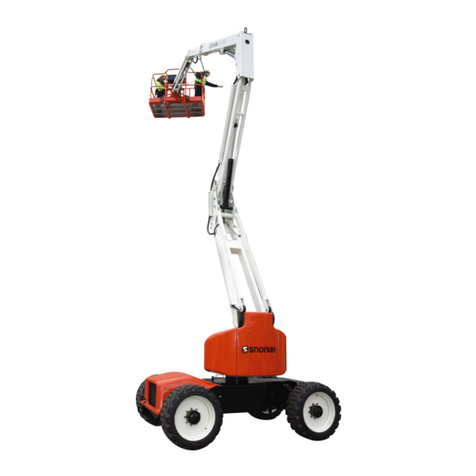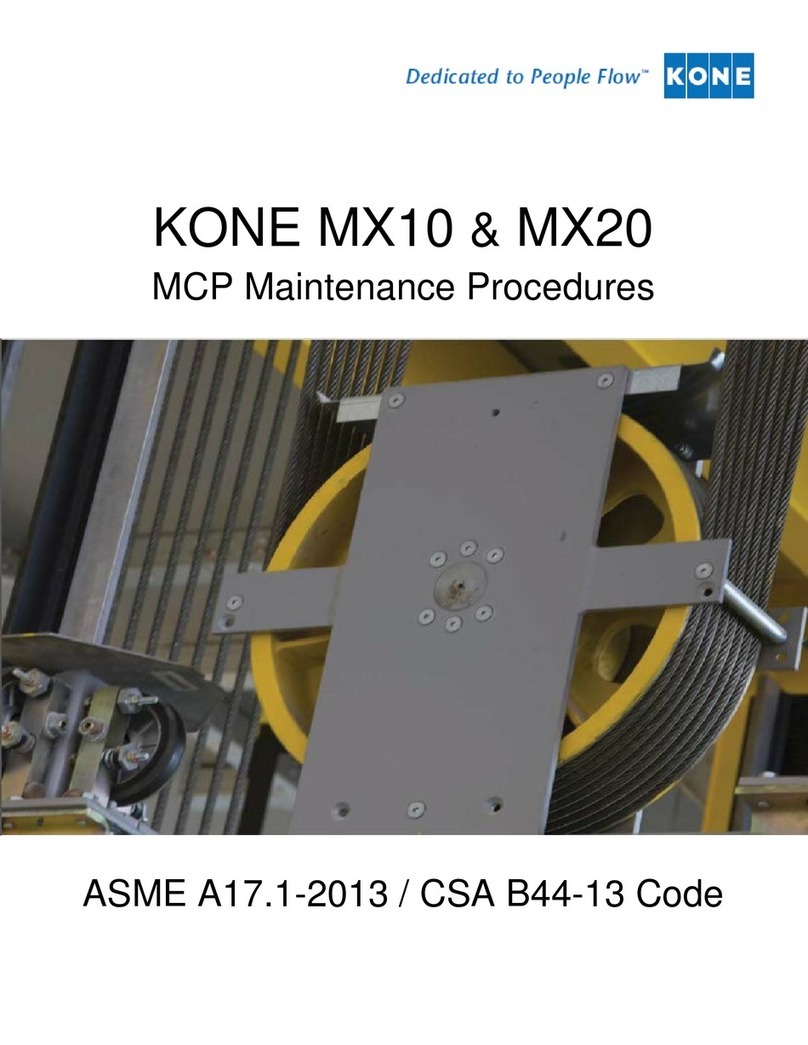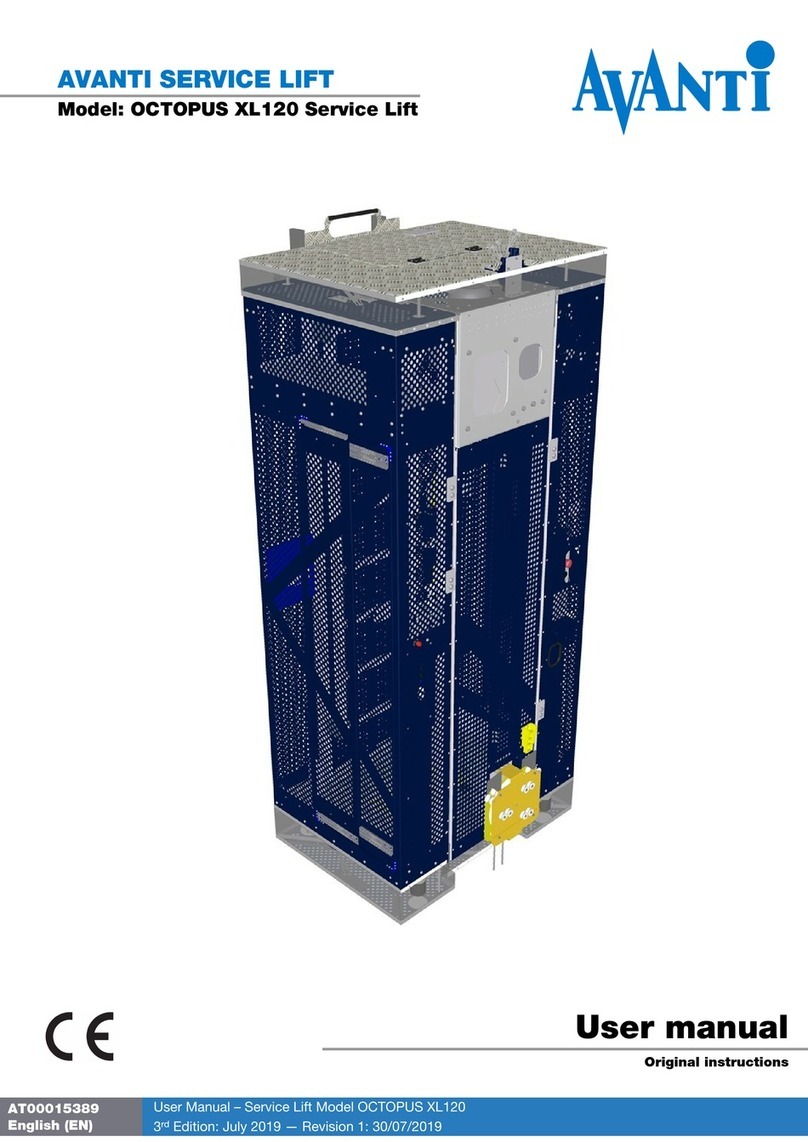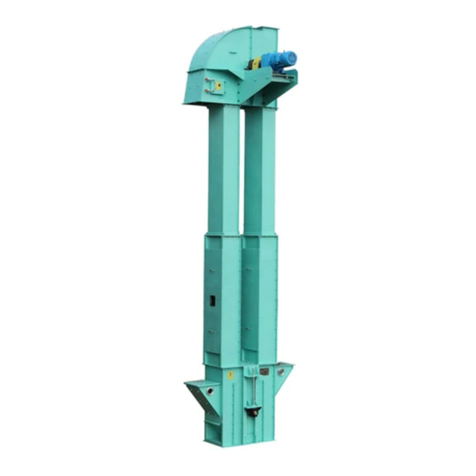
2
HYDROFIT™Owner’s Information Manual
WARNING: The use and ownership of this work is defined in the legend upon the front page hereof.
The next problem to overcome was
development of a power source to run
passenger elevators. Factories and
warehouses with freight elevators were
near water, but passenger elevators would
be installed in stores, office buildings, and
hotels, away from any central power source
(this was 22 years before the opening of
the first U.S. electric power station).
Otis’ solution was to invent a small,
oscillating steam engine to power each
elevator. So in 1857, he designed, built,
and installed the first Otis safety passenger
elevator, in the E.V. Haughwout Store in
New York City.
1857: The first passenger elevator ever
built was installed in the E.V. Haughwout
Store in New York City
1873: The elevator operator manipulates
the control rope, regulating the direction
and speed of the car.
Elisha Otis was a master mechanic and
engineer. He obtained many patents in the
1850s, including the safety device he
invented in 1852, the oscillating steam
engine, a brake, steam plows, and a rotary
oven for bakeries.
Unfortunately, at the age of 50, Otis died
suddenly during a diphtheria epidemic in
1861. His sons, Charles and Norton, took
over the business and utilized the elevator
expertise their father taught them. They
renamed the company N.P. Otis & Brother,
then in the late 1860s changed it to Otis
Brothers & Company.
Otis Brothers & Co. patented some 53 new
advancements in elevator equipment,
including hoisting apparatus, brakes, steam
hoist, and pulleys. The brothers continued
to use world’s fairs and industrial fairs to
showcase their elevator technology and
create an international market for Otis
elevators.



